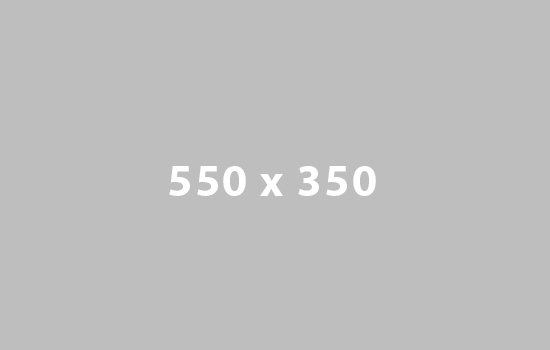
Inflation
Inflation is the rate at which the general price level of goods and services rises, decreasing purchasing power.
Inflation is a crucial economic concept that affects individuals, businesses, and entire economies. Understanding inflation’s underlying causes, types, and effects is essential for making informed financial decisions and policies. This comprehensive guide will delve into the various aspects of inflation, from its definitions to strategies to combat it, historical examples, and its role in the business cycle and economic growth.
Understanding Inflation: A Comprehensive Guide
Inflation refers to the sustained increase in the general price level of goods and services in an economy over a while. It is typically measured as a percentage change in the Consumer Price Index (CPI) or GDP deflator. Inflation erodes the purchasing power of money, leading to a decrease in the real value of savings and investments.
What Causes Inflation and How It Impacts Economies
Various factors, including excessive money supply growth, increased production costs, rising demand, and external shocks like natural disasters or geopolitical events, can cause inflation. High inflation can harm economies by reducing consumer purchasing power, lowering investment returns, and distorting resource allocation.
Types of Inflation: Demand-Pull, Cost-Push, and More
There are several types of inflation, each with specific causes and characteristics. Demand-pull inflation occurs when aggregate demand exceeds supply, leading to upward price pressure. Cost-push inflation, on the other hand, results from rising production costs, such as wages or raw materials. Other types include built-in inflation, imported inflation, and hyperinflation.
Measuring Inflation: CPI, PPI, and GDP Deflator
Economists use various indicators to measure inflation accurately. The Consumer Price Index (CPI) tracks changes in the prices of a basket of household goods and services. The Producer Price Index (PPI) measures changes in the prices of goods and services at the wholesale level. The GDP deflator compares the current GDP to a base year to calculate the inflation rate.
The Effects of Inflation on Consumers and Businesses
Inflation can have different effects on consumers and businesses. For consumers, inflation erodes purchasing power and reduces the standard of living. Companies may face higher production costs, lower profit margins, and uncertainty in planning future investments. Inflation can also lead to wage-price spirals and decreased competitiveness in global markets.
Strategies to Combat Inflation: Monetary and Fiscal Policies
Central banks and governments employ various strategies to combat inflation and maintain price stability. Monetary policies, such as raising interest rates or reducing money supply, aim to curb inflationary pressures. Fiscal policies, like cutting government spending or raising taxes, can also help control inflation by reducing aggregate demand.
Hyperinflation: Causes, Consequences, and Solutions
Hyperinflation is an extreme form of inflation characterized by rapidly accelerating price increases. It often results from excessive money printing, political instability, or economic mismanagement. Hyperinflation can lead to social unrest, economic collapse, and currency devaluation. Solutions to hyperinflation include instituting a stable currency, restoring economic confidence, and implementing sound fiscal and monetary policies.
How Inflation Affects Investments and Retirement Savings
Inflation can significantly impact investments and retirement savings. It erodes the real value of fixed-income securities, such as bonds, and reduces the purchasing power of savings accounts. Investors can hedge against inflation by diversifying their portfolios, investing in assets like stocks, real estate, and commodities, and considering inflation-protected securities like TIPS (Treasury Inflation-Protected Securities).
Inflation vs Deflation: Key Differences and Similarities
Inflation and deflation are opposite economic phenomena that affect prices and purchasing power. Inflation represents a general price increase, while deflation signifies a general price decrease. Both inflation and deflation can have negative effects on economies, such as reducing consumer spending, increasing unemployment, and causing economic instability. Central banks aim to maintain price stability and avoid extreme inflation or deflation.
Historical Examples of Inflation and Its Impacts
Throughout history, many countries have experienced high inflation and hyperinflation episodes, with severe consequences for their economies and societies. Notable examples include the hyperinflation in Germany during the Weimar Republic, the inflationary period in the United States in the 1970s, and the recent hyperinflation in Venezuela. These historical examples underscore the importance of sound economic policies and vigilant monitoring of inflationary pressures.

